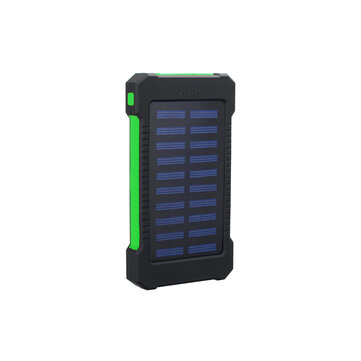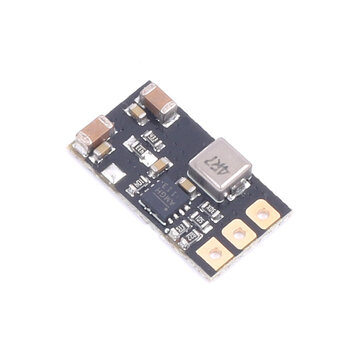Yeah cool, it is an awesome little project 🙂
Have you seen the candles that have a built-in timer with an LED?
Amazon product ASIN B06XBWNJZC
I have one, and it turns on for 8 hours every day at the same time, and the batteries on it last forever, I am pretty sure you could also take one of those apart and build that little system you pictured above! Might just have to increase the size of the LED if needed!
Bonus: Remote controlled!
Thanks Paulo, yet didn't seen these things... Absolutely worth to take one apart and look inside... All tho i'm not sure if the led is powerful enough... 🙂 A regular white coloured LED giving 12000mcd consumes 20mAh, 1 didn't cut it, currently i'm using 3 (36000mcd) and this seems to grow mosses nicely... I haven't tried 2 yet, but assume it works as well that would be 40mAh consumption. A regular AA provides if its a high end 3000mAh / 40mAh it runs flat in 75 hours.





 Then if it's powered on its off and you need to wait 12 hours for the lights to come on.
Then if it's powered on its off and you need to wait 12 hours for the lights to come on.







